3DWarehouse

Correalistic Instrument (1942)
by 3DWarehouse
Last crawled date: 2 years, 9 months ago
Correalistic Instrument and Rocker Invited by Peggy Guggenheim in February 1942 to convert two 57th Street tailor shops into galleries for her already formidable collection of early modernist European art, visionary Austrian architect and artist Frederick Kiesler created what has come to be considered an architectural masterpiece, exploring radical new possibilities of exhibition design. Kiesler’s theory of unity between art and environment led him to design three distinct gallery spaces, Abstract, Surrealist and Kinetic, the interiors of which were conceived as extensions of the imaginary space and content of the works of art themselves. In the course of this comprehensive exhibition design Kiesler designed also the Correalist Instrument and Rocker. The entire theory of free tensions in space and of the relation between the user and the piece of furniture was manifested in the Correalist Instrument. The seemingly arbitrary amorphous form was founded on a strictly geometric design pattern. Circles inscribed in a trapezium defined the curving contour of the body. The basis of Rocker, in contrast, was a square defining the geometric structure for the circles and curves. This lent organic form to the furniture. The transformation of the seat furniture into an abstract, natural basic form provided the conditions for its additional functions. Kiesler recognized eighteen different possible uses. In connection with the theory of continuous tension in space, the piece of furniture fulfilled a far-reaching function and was an integral part of the architecture.* *Link from www.kiesler.org seen 1st August 2016 http://www.kiesler.org/cms/index.php?lang=3&idcat=30
Similar models
3dwarehouse
free

Correalistic Instrument Rocker (1942)
...rt of the architecture.* *link from www.kiesler.org seen 1st august 2016 http://www.kiesler.org/cms/index.php?lang=3&idcat=30
cg_trader
free

Art form
...art form
cg trader
art form sheet metal art form abstract geometric shape sheet metal furniture other
cg_trader
$25

Twisted Spacey Art | 3D
...ibition picture painting paint household other art gallery abstract art mathematical mathematical art art gallery figure painting
cg_trader
$10

Cubic Sculpture
...re deco geometric shape statue futuristic business office figure future architectural decoration abstract sculpture art sculpture
3dwarehouse
free

Geometric art
...geometric art
3dwarehouse
large art piece based on shapes #abstract #art #geometric #large #sculpture
cg_trader
free

fence gallery
...fence gallery
cg trader
fence gallery art abstract decoration illustration retro design architectural
cg_trader
free

Futuristic soup ladle
...hen shots or whatever you want! modern curve abstract design furniture line geometric shape s7 grey edge architectural decoration
3dwarehouse
free

Art Gallery Exhibit Interior
...art gallery exhibit interior
3dwarehouse
art gallery with animation scenes. #art #brooks #exhibit #exhibition #gallery #museum
cg_trader
$5
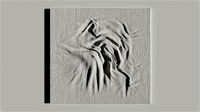
Travertine Cloth
...ration interior architecture interior art gallery building interior house interior interior design interior space museum interior
3dwarehouse
free

Seerveld Gallery
...
3dwarehouse
seerveld gallery at trinity christian college #art #exhibition #gallery #seerveld #space #trintiy_christian_college
1942
3ddd
$1
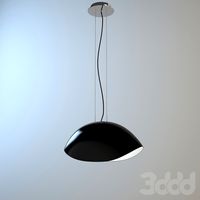
Mantra pasion 1942
...ния
производитель: mantra
модель: pasion
артикул: 1942
ширина: 180 мм
длина: 450 мм
высота: 350-1500
количество полигонов: 51 500
3d_export
$99

mercedes-benz 770 w150ii 1942
...mercedes-benz 770 w150ii 1942
3dexport
mercedes-benz 770 w150ii 1942 3d model. include max, obj, fbx, blend files.
3d_export
$99

mercedes-benz 770 w150ii 1942
...mercedes-benz 770 w150ii 1942
3dexport
mercedes-benz 770 w150ii großer 1942 3d model. iclude max, obj, fbx, blend, igs files.
3d_export
$72

HarleyDavidson ServiCar 1942 3D Model
...obber lowrider bike bicycle cargo classic vintage antique motorbike
harleydavidson servicar 1942 3d model gonzo_3d 76262 3dexport
3d_export
$72

Harley Davidson WL 1942 3D Model
...r custom cruiser bike american indian army night wla ww2 wwii motorcycle
harley davidson wl 1942 3d model gonzo_3d 21642 3dexport
humster3d
$75
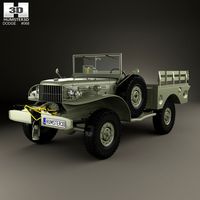
3D model of Dodge WC-52 (T214) 1942
...iled 3d model of dodge wc-52 (t214) 1942 in various file formats. all our 3d models were created maximally close to the original.
humster3d
$75

3D model of Volkswagen Type 166 Schwimmwagen 1942
...of volkswagen type 166 schwimmwagen 1942 in various file formats. all our 3d models were created maximally close to the original.
3d_export
$72

HarleyDavidson WLA 1942 WW2 3D Model
...he speedometer or the bodywork are included.the clean geometry allows for turbosmooth or meshsmooth. see wireframe renders.enjoy.
3d_export
$129

t-34-76 - model 1942 - soviet medium tank - 5
...782 vertices - 1021532 - 195 objects - 17 textures - 1 bumpmap<br>- obj file - lwo file - 3ds file - fbx file version 2010
3d_export
$79

t-34-76 uztm - model 1942 - soviet medium tank
...t;br>- polygones - 1503757 - vertices - 1023069- 195 objects<br>- obj file - lwo file - 3ds file - fbx file version 2010
Instrument
3d_export
$5
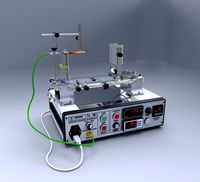
measuring instrument
...measuring instrument
3dexport
measuring instrument
archibase_planet
free

Instrument box
...base planet
instrument box toolware tool kit
instrument box n050114 - 3d model (*.gsm+*.3ds+*.max) for interior 3d visualization.
3d_export
$5

Surgical Instrument
...surgical instrument
3dexport
surgical instruments that can be used in movies and games, suitable for hospitals.
archive3d
free
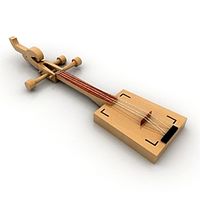
Instrument 3D Model
...
fiddle musical instrument
instrument 1 - 3d model (*.gsm+*.3ds) for interior 3d visualization.
archive3d
free

Instrument box 3D Model
...e tool kit
instrument box n050114 - 3d model (*.gsm+*.3ds+*.max) for interior 3d visualization.
3d_export
$10

Surgical instruments 3D Model
...spital doctor medicine
surgical instruments 3d model download .c4d .max .obj .fbx .ma .lwo .3ds .3dm .stl alexfox 109466 3dexport
3d_export
$15
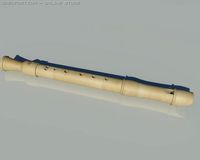
Recorder Musical Instrument 3D Model
...cal instrument recorder mollenhauer student wooden woodwind flute
recorder musical instrument 3d model janiashvili 30471 3dexport
3d_ocean
$25
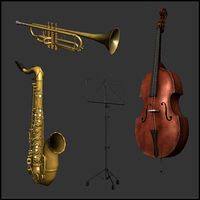
Jazz band Instruments
...this is a low polygonal model, easy to animate. - poly count: 1500 - formats: max /obj /fbx/3ds/dxf - high detail was preserve...
3d_export
$45
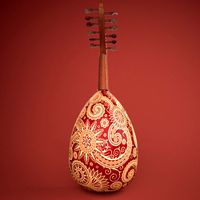
Oud Arabic instrument 3D Model
...ment turkishoud turkish lute arabiclute arabianlute arabianoud easternoud
oud arabic instrument 3d model shaheencg 95141 3dexport
3d_export
$10
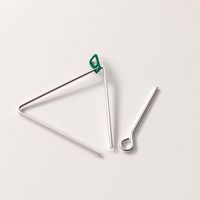
Triangle Instrument 3D Model
... pitch high beater wand
triangle instrument 3d model download .c4d .max .obj .fbx .ma .lwo .3ds .3dm .stl firdz3d 102568 3dexport
